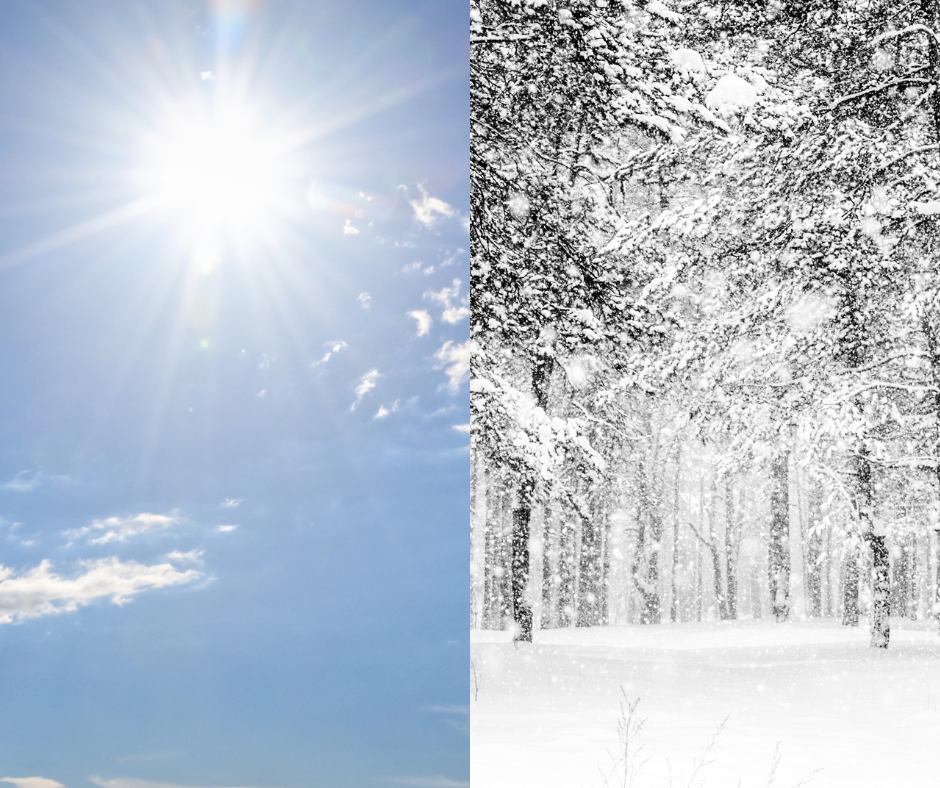What is a Peak Alert?
When extreme temperatures drive up the demand for energy across our service territory and regional grid (PJM), PPEC will notify our members of a Peak Alert.
A peak alert occurs when all of Ohio’s electric cooperatives approach a new peak demand for electricity usage. This is important because PPEC purchases your electricity based on the total number of kilowatt hours of electricity our members use, and also the largest demand for electric power during any 1-hour increment.
When we:
- Setting a new “peak demand” can mean a higher electricity rate throughout the rest of the year. This is determined by the top five days that the most electricity was used.
- Share peak alerts with our members; they can help by reducing their usage during those times (reducing the demand) when everyone is using more electricity. Members will be primarily notified through Facebook. Members who subscribe to alerts will receive push notifications for all summer peaks and extreme winter peaks.
A peak alert is:
- Not a shortage of electricity available to our members
- A way we manage the cost of our electricity
By lowering usage during times of peak demand, our members reap the benefit in the form of a lower cost of power.
Be sure you're signed up to receive peak alert notifications by following these steps here.
When Do Peak Alerts Occur?
Peak alerts:
- In the wintertime, occur Monday through Friday in the morning (6 am - 10 am) and in the evening (5 pm - 10 pm) on extremely cold days.
- In the summertime, occur Monday through Friday from 2 to 8 pm on days that are extremely hot and humid.
Load Management
Electric cooperatives across the state save millions of dollars by allowing their generation supplier, Buckeye Power, to control portions of their use of electricity at certain times through the use of load management devices called radio-controlled switches.
We do this because:
- Electricity costs the most when it’s in very high demand
- When the peak goes up, so does the cost
The cooperative works to reduce the costs of power for our members by reducing the demand for electricity created by:
- Electric water heaters
- Central air-conditioning systems
How Can I Help?
When we experience those severely extreme weather days, find small ways to lower your electric use, such as:
- In the winter, lower your thermostat to 68 degrees or lower, or where comfortable.
- In the summer, raise your thermostat if possible to where comfortable. The U.S. Department of Energy recommends 78 degrees.
- Turn off lights and appliances you aren’t using. It’s a waste of energy and your money.
- Delay doing laundry, running the dishwasher, or using other major appliances until later in the evening.
- In the summer, take advantage of using the outdoor grill to keep cooking heat outside.
By working together, we can curb the demand for electric power. This teamwork is a win-win for everyone, as the cooperative consistently works toward the goal of keeping the cost of power as low as possible.



